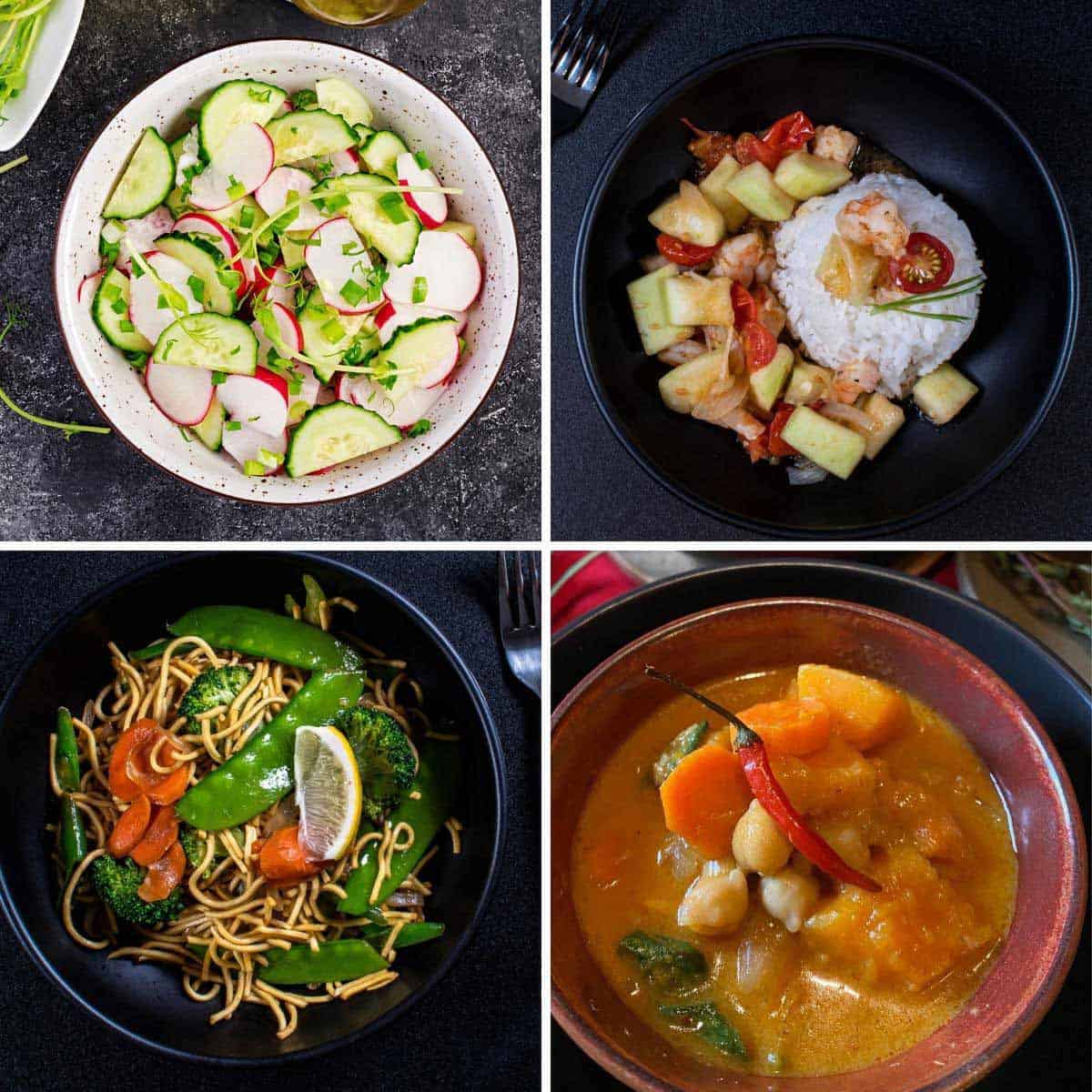Step-by-Step Filipino Food Recipes for Beginners.
Step-by-Step Filipino Food Recipes for Beginners.
Blog Article
Discover Delicious Filipino Food Recipes for Every Occasion
Filipino cuisine is a rich tapestry of tastes and practices, offering an impressive choice of dishes appropriate for any type of event. As we check out these cooking treasures, one could ask yourself which recipes absolutely personify the significance of Filipino hospitality and flavor.
Standard Filipino Dishes
Conventional Filipino dishes reflect the abundant social heritage and diverse influences that have actually formed the Philippines over centuries. These culinary productions are not merely food but embody the background, customs, and worths of the Filipino people (Filipino food recipes). Impacts from aboriginal methods, along with Spanish, Chinese, and American culinary traditions, converge to create a vivid combination of flavors
Staple recipes such as adobo, sinigang, and lechon display the equilibrium of sweet, sour, and savory components particular of Filipino cuisine. Adobo, typically considered as the unofficial nationwide meal, features seasoned meat slow-cooked in vinegar, soy sauce, and seasonings, supplying an alluring mix of flavors. Sinigang, a sour tamarind-based soup, highlights using fresh vegetables and seafood, showing the nation's wealth of natural resources. Lechon, an entire roasted pig, is a focal point in joyful occasions, symbolizing party and public gatherings.
Moreover, local variations add deepness to typical dishes, permitting for a rich tapestry of culinary techniques. Each dish tells a tale, cultivating connections amongst households and areas, ultimately enhancing the Filipino cultural identification through shared cooking experiences.
Quick and Easy Recipes

One preferred option is "Tortang Talong," an eggplant omelet that calls for just a few active ingredients. Merely grill and mash the eggplant, mix it with defeated eggs, and pan-fry up until gold brown. Another very easy recipe is "Sinigang sa Miso," a wonderful sour soup that can be prepared in under thirty minutes by simmering fish or meat with miso paste, tomatoes, and different vegetables.
For a fast side, consider "Garlic Fried Rice" or "Sinangag," which changes remaining rice into a full-flavored accompaniment by sautéing it with garlic and oil. By using these quick dishes, you can appreciate the rich and varied flavors of Filipino cuisine while suiting an active way of life. These dishes not just satisfy this food cravings yet also bring a taste of home to your table, making them optimal for any event.

Festive Party Faves
Parties in Filipino culture are typically marked by a dynamic array of recipes that reflect the nation's abundant heritage and cooking diversity. Festive occasions, such as birthday celebrations, weddings, and holidays, include a remarkable spread of typical specials that not only entice the preference buds but additionally promote a sense of neighborhood and togetherness.
Among the most precious go right here joyful favorites is lechon, a whole roasted pig recognized for its crunchy skin and succulent meat, often offered as the focal point of any grand celebration. An additional staple is pancit, a noodle meal representing long life and prosperity, which can be found in many regional variations like pancit canton and pancit bihon.
For sweet deals with, bibingka-- a rice cake generally made with coconut milk and topped with salty eggs-- is an essential during Christmas celebrations, while leche flan, an abundant caramel custard, works as a preferred dessert at numerous celebrations. Filipino food recipes.
Lastly, no Filipino banquet is complete without lumpia-- crunchy spring rolls filled up with a combination of veggies and meat. These meals, steeped in tradition, not just please the palate yet additionally enhance cultural bonds, making every party remarkable.
Home Cooking Standards
While several dishes in Filipino food are linked with festive events, home cooking standards provide a cozy welcome that stimulates sensations of nostalgia and home. These beloved recipes frequently show the abundant social heritage of the Philippines, mixing tastes and textures that reverberate with generations.
One essential comfort food is Sinigang, a sour tamarind soup, commonly made with pork or shrimp and a variety of veggies. Its warm, appetizing broth offers solace on stormy days, making it a staple in several households.
Lumpiang Shanghai, crunchy spring rolls loaded with ground pork and vegetables, are regularly offered at gatherings and enjoyed as a treat. Arroz Caldo-- a calming rice porridge improved with ginger and covered with fried garlic-- offers heat and sustenance, particularly during health problem.
These home cooking standards not only satisfy desires however also work as a pointer of the love and care instilled right into every home-cooked meal.
Dessert Treats and Desserts
Filipino food supplies a wonderful array of wonderful treats and desserts that astound the taste buds and reflect the nation's dynamic cooking culture. Amongst the most iconic is Leche Flan, a rich custard treat made with eggs, condensed milk, and caramelized sugar, supplying a creamy appearance and sweet taste that is irresistible. Bibingka, a rice cake commonly delighted in throughout the Christmas period, is made from rice flour, coconut milk, and sugar, often topped with salted eggs and cheese, developing a savory-sweet balance.
One more preferred treat is Halo-Halo, a rejuvenating mixture of smashed ice, sweetened fruits, jellies, and beans, topped with leche flan and ube ice lotion, making it a perfect treat for cozy climate. Turon, or caramelized banana spring rolls, integrates ripe bananas and jackfruit covered in a crispy shell, offering a wonderful crisis.
Lastly, Puto, steamed rice you could try these out cakes typically appreciated as a snack or side meal, come in numerous tastes and colors. These desserts not just display the varied ingredients offered in the Philippines however additionally highlight the rich practices and parties that accompany them, making each attack a sweet experience.
Final Thought
In conclusion, the expedition of Filipino cuisine exposes an abundant tapestry of tastes and practices that provide to varied events. From traditional recipes to fast dishes, each offering reflects the cultural heritage and cooking creative thinking of the Philippines.
Report this page